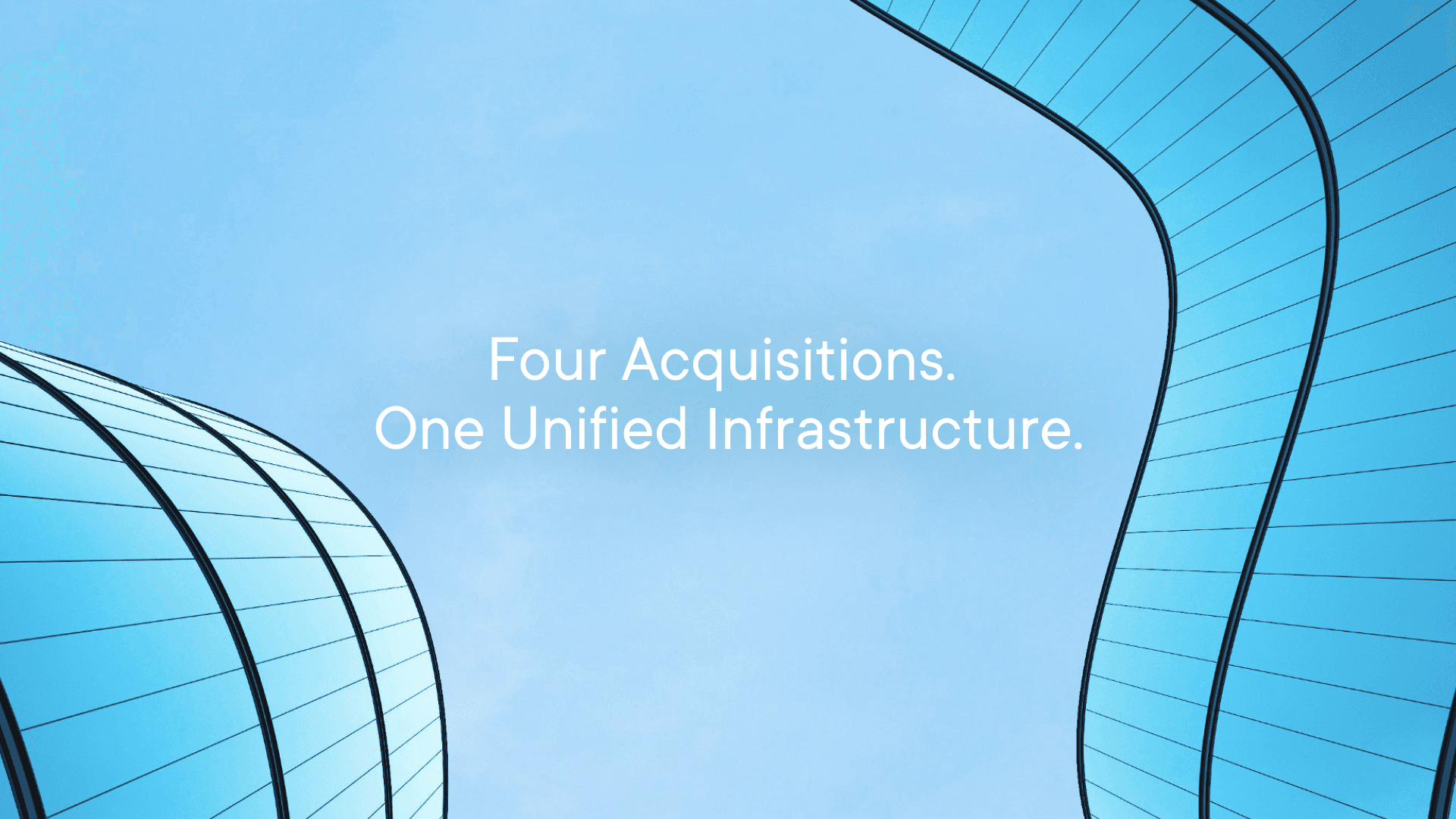Representing real-world assets (RWAs) like mutual funds or real estate as digital tokens on a blockchain helps bridge the gap between the physical and digital worlds— unlocking unrealized value for these assets. But what’s involved in RWA tokenization and why is it considered such a transformational opportunity with a market potential in the trillions of dollars? Let’s break it down.
What Are Real-World Assets?
RWAs are physical or financial assets with inherent value, including commodities, bonds, real estate, mutual funds, and equities. These assets are critical to traditional finance but often suffer from limited accessibility, slow transactions, and high costs due to reliance on intermediaries. Buying or selling RWAs can involve extensive paperwork, regulatory approvals, and settlement delays that make transactions inefficient.
What Is RWA Tokenization?
RWA tokenization is the process of converting ownership rights into digital tokens on a blockchain. Blockchain technology provides a solution by digitizing RWAs into tradeable tokens, allowing them to be securely recorded and transferred onchain. This process enhances liquidity, transparency, and accessibility while being aware of compliance and security. Tokenizing RWAs also makes it possible to fractionalize ownership, enabling more investors to participate in markets that were previously out of reach due to high capital requirements.
As institutions explore blockchain-based financial products, tokenized RWAs are set to play a central role in bridging traditional finance with DeFi ecosystems. From tokenized treasuries to real estate investment platforms, blockchain-based RWAs are unlocking new opportunities for yield generation, cross-border transactions, and decentralized liquidity pools, paving the way for a more inclusive and efficient financial landscape.
Benefits of RWA Tokenization
Tokenization confers the benefits of a digital asset upon its offline counterpart. Specifically:
Traditional assets can be difficult to buy or sell quickly. Tokenization makes it possible to fractionalize these assets on-chain for broader ownership and enables 24/7 trading, which leads to greater liquidity.
Blockchain’s immutable nature ensures accountability through clear and tamper-proof ownership records and histories.
While traditional transactions can take days or even weeks to fully close, tokenized assets settle almost instantly.
By cutting out intermediaries, blockchain-based settlement for tokens streamlines transactions and reduces fees.
Ripple is committed to advancing tokenized RWAs on the XRP Ledger (XRPL) to maximize these advantages for partners and issuers.
Ripple President, Monica Long, recently outlined tokenization and decentralized finance (DeFi) will evolve beyond crypto-specific applications to become institutional tools, with an emphasis on real-world asset (RWA) tokenization and practical use cases for global financial institutions.
“DeFi has primarily catered to crypto holders and traders seeking to maximize yield on digital assets, and we’re starting to see a shift toward applying DeFi to traditional and real-world financial use cases. Imagine FX markets with instant, cost-efficient settlements; commodities with transparent, tradable tokens; bonds with 24/7 trading and automated payments; and ETFs and mutual funds with real-time transactions,” adds Long.
Role of Blockchain in RWA Tokenization
The choice of a blockchain to tokenize real-world assets depends on the specific requirements or use cases for each token. At a high level, all blockchains serve as a decentralized ledger, recording every transaction in a secure, transparent and auditable manner. This ensures that ownership can quickly be verified and the history of an asset and its transactions traced without relying on a centralized authority.
Blockchains can enhance operational efficiency with lightning quick, low cost and sustainable transactions that often take mere seconds. This comes alongside expanding market access to a wider investor base, and improving liquidity for alternative asset classes available onchain.
Markus Infanger, Senior Vice President of RippleX, recently suggested that increased institutional utilization of blockchain will be driven by market demand for operational efficiencies and enhanced connectivity. In his view, the introduction of new institutional-grade blockchain infrastructure and compliance tools will open the doors for major firms to confidently deploy blockchain to achieve these benefits.
Why XRPL is Ideal for RWA Tokenization
The XRPL offers unique advantages for issuers of tokenized RWAs. Creating a token on the XRPL is incredibly simple, tokens are immediately available for trading on its decentralized exchange (DEX) and there is no need for specialized programming languages or complex smart contracts. The built-in DEX and auto-bridging feature simplify onchain trading, and transactions settle in 3–5 seconds at fractions of a cent.
The XRPL also features institutional-grade security, having processed over 2.8 billion transactions since 2012 with zero security breaches. This is complemented by regulatory-ready features like support for Decentralized Identifiers (DIDs) and Verifiable Credentials (VCs) for onchain compliance.
Use Cases for RWA Tokenization
RWA tokenization is more than theoretical—it’s being applied in innovative ways across multiple financial products and asset classes today.
Consider tokenized treasuries and money market funds, which are quickly gaining traction, as evidenced by Archax’s use of the XRPL to tokenize part of abrdn’s £3.8 billion US Dollar Liquidity Fund (Lux). These low-risk investment vehicles show promise for higher yields than stablecoins, allowing investors to maximize returns while minimizing risk in their portfolios.
Real estate tokenization is another area seeing significant growth. By enabling fractional ownership, borderless investment opportunities and instant transfers, tokenization revolutionizes how people engage with real estate markets. Companies like HouseBit and RealT cater to real estate investors seeking to broaden their portfolios through fractional ownership.
Tokenization also plays a transformative role in the world of bonds. Tokenized debt instruments simplify the process of issuance and trading by streamlining transactions for less friction and lower costs. Onchain credit markets are helping broaden access to tokenized securities for institutional investors.
On the flip side, this growth in RWAs carries implications for yield strategies in decentralized finance (DeFi). Bridging the gap between traditional finance (TradFi) and DeFi through digitized tokens brings consistent cash flows and deeper liquidity pools to these new protocols, offering more predictable and stable yields compared to potentially more volatile crypto-only assets. Of course, regulated on- and off-ramps are critical to ensure the transparency, accountability and confidence necessary for greater institutional adoption.
Challenges to RWA Tokenization
Despite this early traction, hurdles remain before RWA tokenization can reach its full potential. As with many blockchain applications, uneven regulatory frameworks—especially variance between different jurisdictions—create uncertainty for global participants and make cross-border compliance challenging.
Greater interoperability is also crucial to unlocking the full potential of on-chain RWAs. Standardized frameworks, clear regulatory harmonization and continued technological advancements, such as cross-chain protocols, APIs and trusted asset verification mechanisms, are all key to bridging tokenized assets with existing financial instruments and infrastructure.
Finally, ensuring safeguarded ownership and settlements are top priorities for the continued growth of the tokenized economy. Institutions and retail investors need confidence that their assets are securely protected against unauthorized access, theft or loss. Robust, customizable, enterprise-grade custody solutions can ensure the asset integrity and compliance that is required for trust and sustained adoption.
The Future of RWA Tokenization
Real-world asset tokenization is no longer a distant hope—it is actively reshaping finance as we know it. Growing institutional adoption by banks, asset managers and even governments has fueled predictions that the market could reach $16 trillion in tokenized assets by 2030.
By expanding the tokenized ecosystem on the XRPL and supporting both enterprise and DeFi adoption of RWAs, Ripple is helping to transform global finance and make tokenized assets more secure, accessible and efficient for all.
Learn more about the XRP Ledger as an RWA Tokenization platform.







